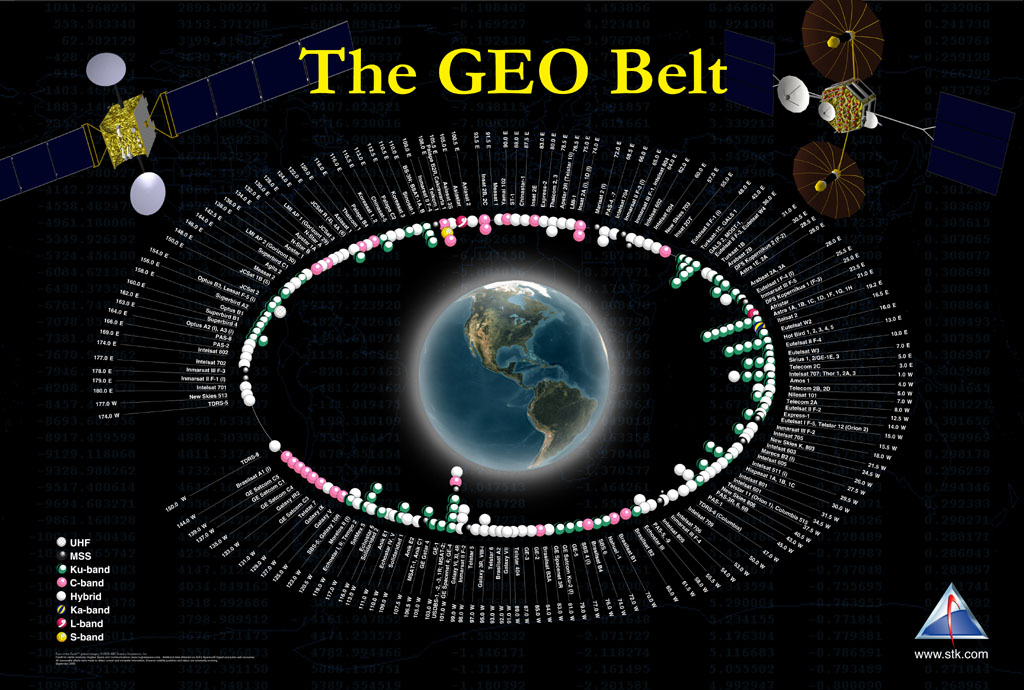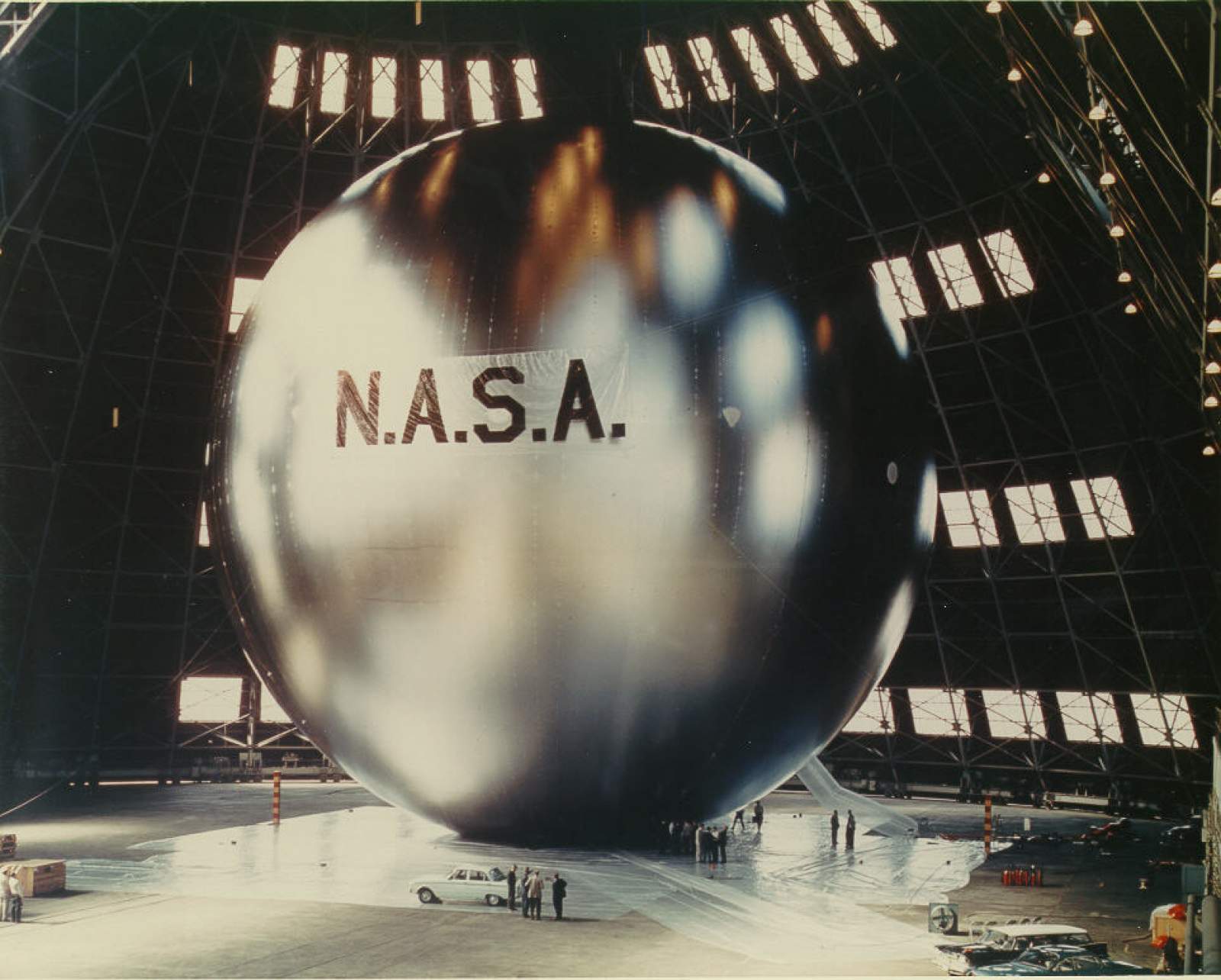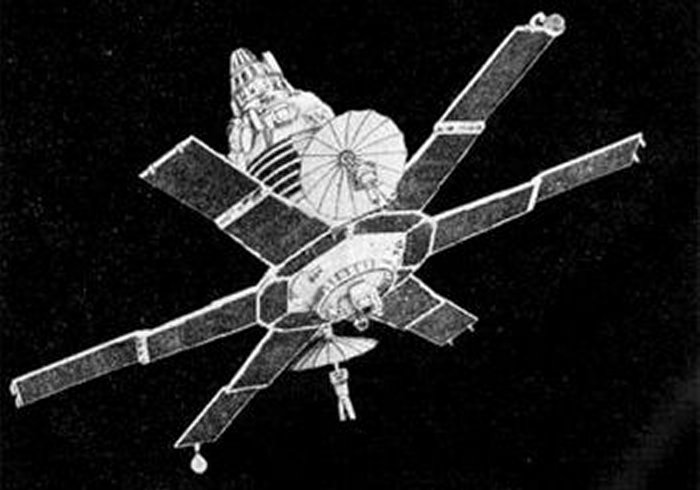This is the third installment of a series of articles leading up to the 50th anniversary of Apollo 11 and humanity’s first landing on the Moon. In these articles I will reminisce about some of the most important milestones on the journey that led to Apollo 11, some of the best known events in the Space Race.
In the second installment I discussed how the Soviet Union and the USA had successfully launched the first astronauts into Low Earth Orbit (LEO) demonstrating that human beings could live and work in space. I also mentioned how a challenge from the US President Kennedy to ‘land a man on the Moon and return him safely to Earth” had given the new ‘Space Race’ a measurable finish line.
In this post I’d like to discuss the first series of experiments in what has undoubtedly become the most commercially valuable sector of the space industry, communication satellites or Comsats. Now I should warn you, I spent a good part of my career designing and developing the equipment for communications satellites and their associated ground stations so I trust that you’ll forgive me if I become a bit enthusiastic on the subject.
The very idea of using man made satellites in orbit above the Earth as relay stations passing radio messages across the oceans from one continent to another was the brain child of the well known science fiction writer Arthur C. Clarke. Clarke’s article ‘Extraterrestrial Relays’ in the October 1945 issue of the radio technology journal ‘Wireless World’. Such relays, Clarke maintained, could relay thousands of telephone calls and perhaps even TV signals across the world.

Below is a PDF of the entire article.
Clarke’s idea was for a series of satellites at a distance of 35,700 km above Earth’s equator. This orbit is now known at Geostationary because at that distance and location the satellite would orbit the Earth exactly once everyday and appear to always remain at the same point in the sky. So important has this orbit become that it is often referred to as the Clarke orbit!

The first attempt at using a satellite to relay a radio signal was by the United States with their Pioneer 1 Lunar spacecraft, launched on 11October 1958. Pioneer 1failed in its mission to reach the Moon but it did achieve a high enough orbit for NASA to use it to relay a radio signal from Cape Canaveral to Manchester England. However Pioneer 1 could only relay one simple radio signal at a time, nowhere near the thousands of messages that Clarke envisioned.
On August 12th 1960 NASA launched the experimental Echo 1 Comsat. Echo was really nothing more than a 30m diameter aluminized balloon that would simply reflect radio signals aimed at it back to receiving stations in other parts of the World, hence the name Echo. Being so large and reflective Echo was easily visible in the night sky and was actually the first satellite I ever saw moving across the night’s sky.

These first attempts at communications satellites may have taught the scientists and engineers a great deal but the equipment on those early satellites simply did not have the power and capacity to make a real impact in the way the world communicated. That all changed with Telstar.
For one thing Telstar was designed and funded by a consortium of communications companies including AT&T and Bell Telephone in the US along with GPO in the United Kingdom and PTT in France. In fact Telstar was the first object to be put into space owned and operated by private companies, even the launch was privately funded.

The shape of Telstar, see image above, was basically a globe some 87 cm in diameter and the satellite spun in order to maintain stability. The surface of the globe was covered in solar cells that provided 16 watts of electrical power but around the equator were two rows of small ‘horn’ antennas. The larger horns were tuned to a frequency of 4 Giga-Hertz (GHz), which is 4 billion cycles per second, while the small horns were tuned to 6 GHz.
Weighing just 77kg Telstar was crammed full of the latest technology of the time including an innovative electronic subsystem called a ‘transponder’. The transponder was an assembly that carried out several radio operations in a single device. The transponder received signals from the 6Ghz horns, down-converted those signals to 4Ghz, amplified those signals using an electronic device known as a Traveling Wave Tube (TWT) before transmitting it out of the 4Ghz horn antennas. Today Comsats are often judged by the capacity of their transponder(s) and Telstar’s transponder allowed it to relay either 2,000 telephone calls or one television channel.
Because it had to operate all of its equipment off of only 16 watts the signals coming back down from the satellite were very weak and required large, specially built antennas. The US antenna for Telstar was built at Andover Maine; see below, while the British antenna was at Goonhilly Downs in Southwest England and the French built theirs at Pleumeur-Bodou in Northwestern France.

Telstar I was launched from Cape Canaveral on July 10, 1962 and the very next day the first ever transoceanic TV picture, an American Flag outside the Andover site, was transmitted as a test signal. This was a non-public test of Telstar’s equipment however and it wasn’t until two weeks later on July 23rd that Europa and North America shared the first live TV program to be spread across half of the world. Then a month later in August Telstar was use to synchronize the official clocks in Europe and America to within 1 milli-second.

Now you might have noticed that I haven’t even mentioned anything so far about The Soviet Union’s efforts to develop communications satellites. Well that’s because the use of satellites to relay radio signals around the world was the one section of the early space race where America led the way right from the very start. You see, despite the advantage that the USSR had with their larger rockets, which were capable of putting larger spacecraft into orbit, it was the American advantage in electronics that mattered in the design and development of Comsats.
In addition the Soviets were not so concerned with the commercial benefits of communications satellites. So it was that their first series of Comsats, christened Molniya or lightning in Russian, were designed for military communications only. The first successful Molniya satellite was not launched until April 23rd of 1965, nearly three years after Telstar. This backwardness in technology continues to this very day with Russian presently buying its Comsats from western, primarily American aerospace companies.

Although Telstar I and its sister Telstar II demonstrated all of the possible benefits that Comsats could bring the fact that it had not been placed in Clarke’s geostationary orbit meant that it could only be used for 20 minutes out of every 2-hour orbit. It was only later, as more powerful communications satellites were installed 35,700 km above the equator that the communications revolution we are now living in became possible. Nevertheless it was Telstar that led the way.
